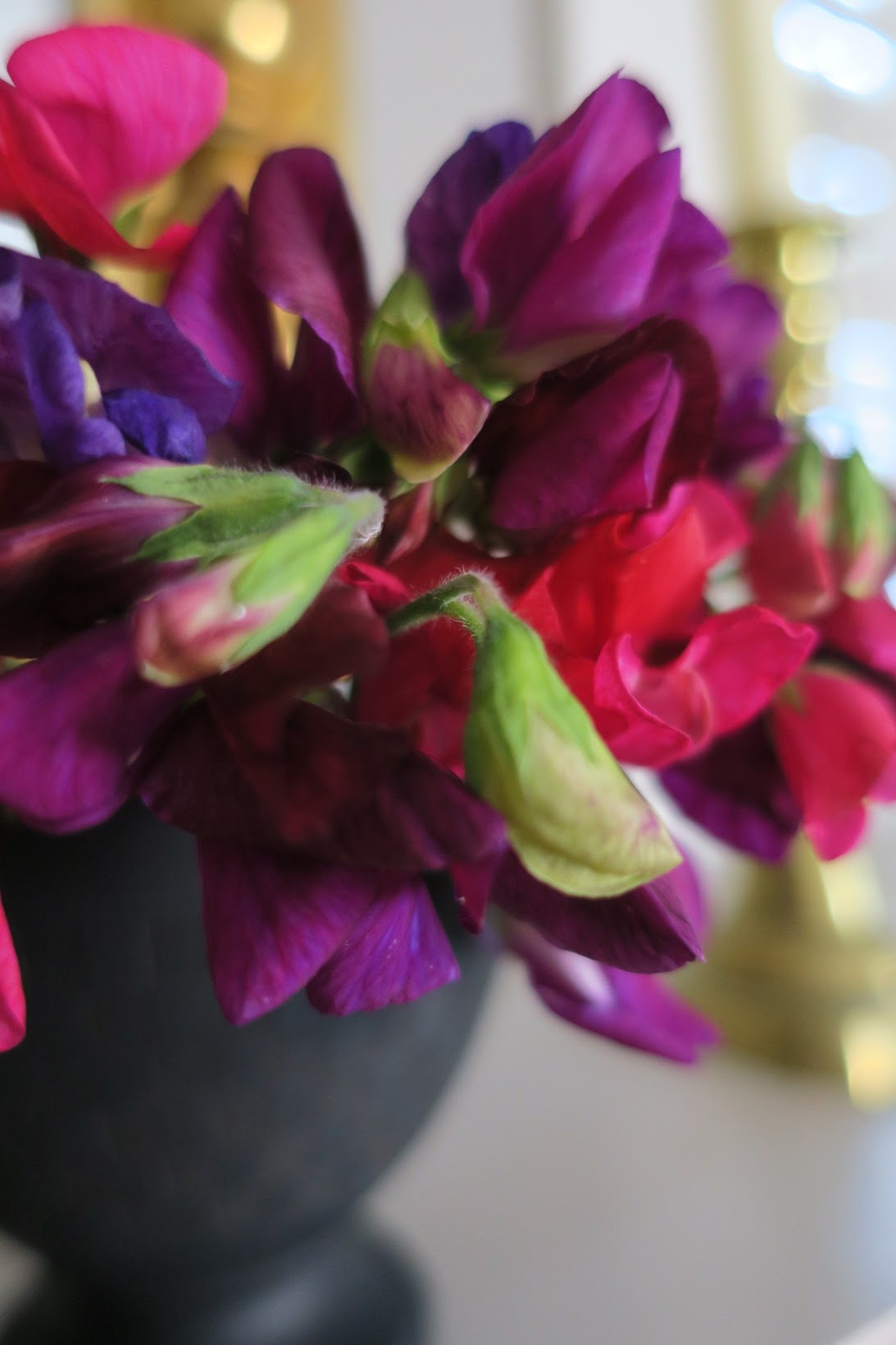Treasured souvenirs from the playa, resting upon an 1837 hand-colored engraving of
seashells drawn by Captain Brown and engraved by G. Cranston, from my personal collection
Photo: Chronica Domus
I've been fortunate enough to visit a fair number of beaches in my life. My parents enjoyed traveling extensively when my sisters and I were children and our summer holidays would always include stints by the seaside. The fine sandy beaches of the Aegean and Mediterranean became our summer playgrounds. We spent many happy hours splashing about in the warm currents, a novelty as compared to the frigid waters of the English Channel.
Being a curious child, I always made a point of scouring the beach for interesting objects. Unearthing the
odd dropped coin or fragment of polished colored glass was always an exciting prospect. However, my favorite objects always remained the natural treasures which appealed so greatly to my sense of delight, and fascination with natural history. You may be amused to learn that this gentle author secretly harbored dreams of becoming the next
Mary Anning.
An inspiring figure from my youth, Mary Anning and Tray her faithful canine companion, depicted with Dorset's Golden Cap outcrop as a fitting backdrop
It turns out that my love of beachcombing remains strong to this day. While holidaying in Mexico recently, I took the opportunity of indulging in this pleasant pastime on one of the most secluded little beaches I have ever visited.
A view of Playa Las Viudas with its clear waters, pristine sandy beach, and rocky outcrops - we had the place to ourselves the afternoon we visited - it was heavenly!
Photo: Chronica Domus
Playa Las Viudas is a magical hidden cove that is tucked away off the main highway along the corridor between the towns of Cabo San Lucas and San Jose del Cabo. Volcanic rock outcrops abound and although the sand is quite coarse, I greatly enjoyed getting my feet wet as I waded along the shoreline within inches of the crashing waves.
Photo: Chronica Domus
We spent an enjoyable hour or so absorbed in the hunt for treasure. With the sun's beating rays upon our backs, combined with the stirring sound of the Sea of Cortez, it really was quite the tonic for unwinding.
Photo: Chronica Domus

Photo: Chronica Domus
What we found was astonishing. Remnants of sea life aplenty.
Photo: Chronica Domus
I was all agog at the variety of corals and seashells we espied with seemingly little effort. Their colors - which ranged from brilliant orange, mauve, gray, and taupe - and their intricate shapes were utterly beguiling.
Photo: Chronica Domus
I was enchanted most especially by the little orange-speckled oval seashells. I had never seen anything quite like it on any other beach and here I was with two in the palm of my hand (well three, actually, but the third example had faded in the strong Mexican sunlight).
A dorsal and ventral view of Jenneria pustulata with its distinctive colors and pattern
Photo: Chronica Domus
Of course, this led me on a hunt down the electronic rabbit hole that is The Internet until I unearthed what exactly it was that had wholly captured my imagination. Jenneria pustulata, it turns out, was first mentioned by the English botanist and conchologist John Lightfoot in 1786. Interestingly, Mr. Lightfoot was the curator of The Duchess of Portland's personal collection which in its day, was the most extensive and coveted natural collection in England. I also discovered that aside from Western Mexico, Jenneria pustulata is found in such exotic locales as Costa Rica, Panama, and the Galapagos Islands, all places I have yet to enjoy the privilege of visiting.
Aside from a multitude of seashells, nuggets of lily-white coral litter Playa Las Viudas. This stony coral happens to be the main food source of Jenneria pustulata which would explain why there was such a high concentration of it on one small stretch of beach.
A trio of coral nuggets rest upon another hand-colored engraving by C. Cranston, circa 1837, from my personal collection
Photo: Chronica Domus
These very special seashells, together with the other bits of unearthed natural treasure, make charming souvenirs of a place that has captured my heart. I shall cherish them always as fond remembrances of a pleasant afternoon spent beachcombing in a spot that must surely be as close to paradise as one can imagine.
A lone boat sails past Playa Las Viudas
Photo: Chronica Domus
Tell me, do you have fond memories of visiting a favorite beach, or have you ever found anything of interest to capture your imagination that was laying about in the sand?



















